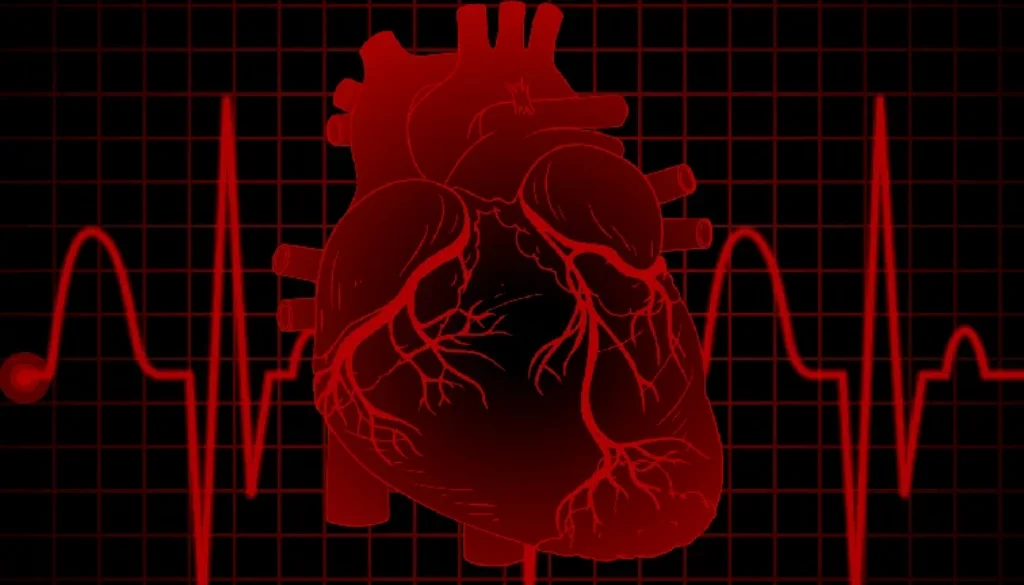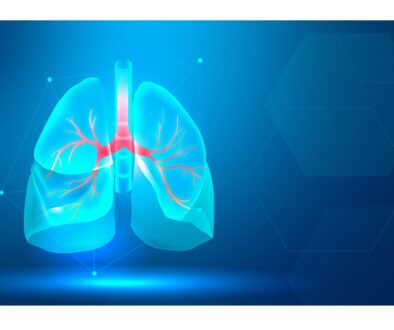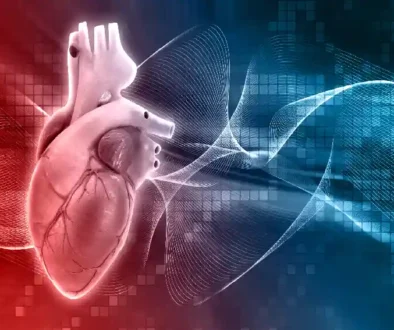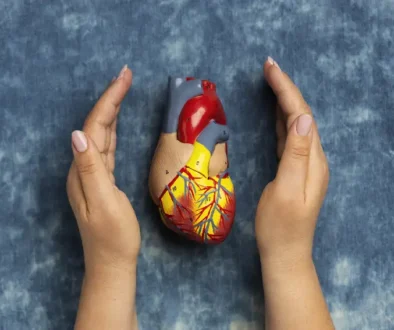Navigating the Maze of Heart Rhythm Disorders
Understanding, Causes, and Treatments
Heart rhythm disorders, also known as arrhythmias, encompass a broad spectrum of conditions affecting the normal rhythm of the heart. This intricate network of electrical impulses orchestrating each heartbeat can be disrupted, leading to irregular heartbeats that may range from harmless palpitations to life-threatening arrhythmias. In this exploration, we’ll delve into the world of heart rhythm disorders, examining their causes, symptoms, and the diverse treatment approaches available.
Understanding Heart Rhythm
The heart’s rhythm is controlled by the coordinated firing of electrical signals through the heart’s chambers. This intricate system ensures that each heartbeat follows a precise sequence, allowing the heart to effectively pump blood throughout the body. When this electrical system encounters disruptions, arrhythmias can occur.
Types of Arrhythmias
Arrhythmias are broadly categorized into tachycardias, where the heart beats too fast, and bradycardias, where the heart beats too slowly. Additionally, arrhythmias can be classified based on their origin within the heart’s chambers. Atrial fibrillation, atrial flutter, supraventricular tachycardia, and ventricular fibrillation are among the common types of arrhythmias.
Causes and Risk Factors
Numerous factors can contribute to the development of heart rhythm disorders. These include age, genetics, Heart Disease, high blood pressure, diabetes, smoking, excessive alcohol or caffeine consumption, and certain medications. Structural heart abnormalities, such as heart valve disorders, can also disrupt the heart’s electrical pathways, leading to arrhythmias.
Symptoms of Heart Rhythm Disorders
The symptoms of heart rhythm disorders can vary widely. Some individuals may experience palpitations, a fluttering sensation in the chest, while others may notice dizziness, fainting, chest pain, or shortness of breath. In some cases, arrhythmias may be asymptomatic and only detected during routine medical examinations or through monitoring devices.
Diagnosis
The diagnosis of heart rhythm disorders involves a comprehensive evaluation by a healthcare professional. This typically includes a thorough medical history, physical examination, and various diagnostic tests. Electrocardiograms (ECGs or EKGs), ambulatory monitoring (Holter monitors), and electrophysiology studies are common tools used to assess the heart’s electrical activity and identify any irregularities.
Treatment Approaches
The treatment of heart rhythm disorders is tailored to the specific type of arrhythmia, its underlying cause, and the individual’s overall health. Several approaches may be employed:
- Medications: Antiarrhythmic medications are often prescribed to control heart rhythm and prevent the recurrence of arrhythmias.
- Cardioversion: This procedure involves restoring the heart’s normal rhythm through the delivery of electrical shocks.
- Ablation: Catheter ablation is a minimally invasive procedure where a thin tube is threaded through blood vessels to the heart to correct abnormal electrical pathways.
- Implantable Devices: Pacemakers and implantable cardioverter-defibrillators (ICDs) are devices that can regulate heart rhythm or deliver shocks to restore normal rhythm.
- Lifestyle Modifications: Lifestyle changes, including maintaining a healthy diet, regular exercise, managing stress, and avoiding triggers like excessive alcohol or caffeine, play a crucial role in managing heart rhythm disorders.
Living with Arrhythmias
For many individuals, living with a heart rhythm disorder requires ongoing management and lifestyle adjustments. Regular follow-up appointments with healthcare providers, adherence to prescribed medications, and monitoring for any changes in symptoms are essential components of long-term care.
The Future of Arrhythmia Management
Advancements in medical technology continue to shape the landscape of arrhythmia management. Wearable devices and smartphone applications allow individuals to monitor their heart rhythm in real-time, providing valuable data for both patients and healthcare providers. Research into innovative treatment modalities, such as gene therapies and precision medicine, holds promise for more targeted and personalized approaches to arrhythmia management.
Conclusion
Heart rhythm disorders are a multifaceted family of conditions that require a nuanced understanding for effective management. With advancements in diagnostic tools, treatment options, and ongoing research, the outlook for individuals with arrhythmias is continuously improving. Whether through medications, procedures, or lifestyle modifications, the goal remains to restore and maintain a harmonious rhythm within the heart, ensuring optimal cardiovascular health for those navigating the maze of heart rhythm disorders.




